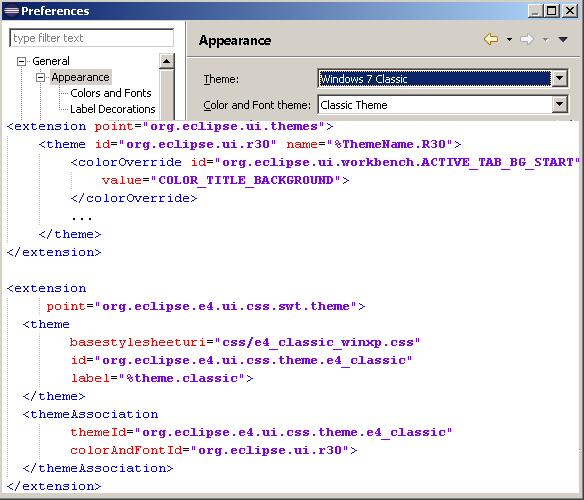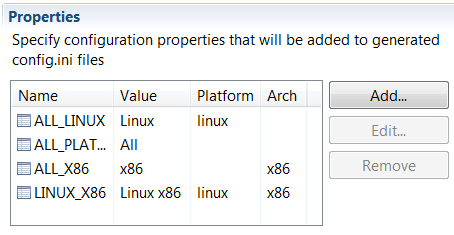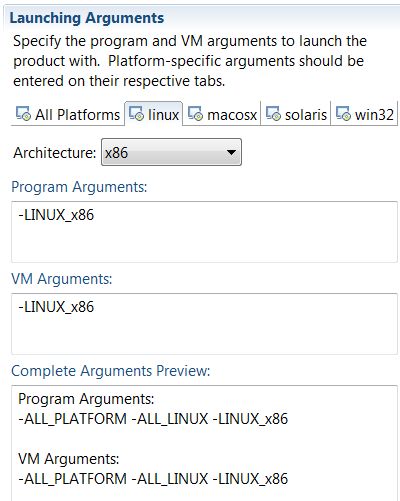SWT.WEBKIT, and set the environment variable SWT_WEBKIT2
to 1. This is only supported with GTK+ 3.x; if GTK+ 3 is disabled the browser will
fallback to WebKit1.
Combo widget now supports the same SegmentListener API as Text.
This allows an application to specify
segment boundaries and Unicode Control Characters to use in the segment boundaries.
Snippet332 shows how to accomplish RTL override in a Combo.
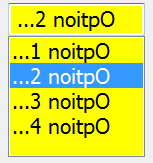
JFace clients can use BidiUtils#applyBidiProcessing(...) to set pre-defined text types.
CSS theming in Eclipse 4 does currently not allow to configure the syntax highlighting in text editors (e.g. the Java editor), so it is recommended to use the dark theme together with additional settings as for example provided by the Eclipse color theme project.
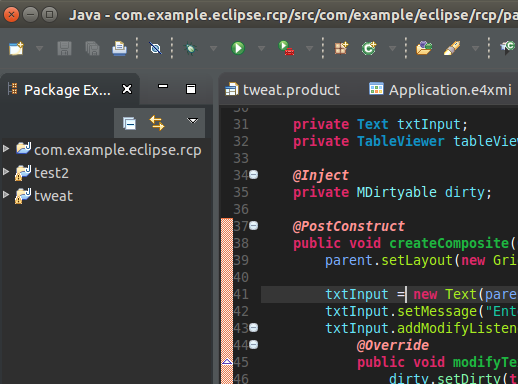
.project file and whose related project
isn't already in the workspace now shows an Open As Project context menu entry that imports the folder
as existing project into the workspace.

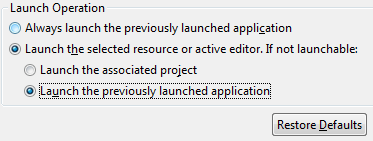
Existing workspaces that use the "Always launch the previously launched application" option are not affected by this change.
MLocalizable mixin interface is introduced, which contains the single method
updateLocalization(). This enables to generically search the model for model elements affected by a Locale change and
force them sending out updates.
ILocaleChangeService which need to be used to change a Locale at runtime. Using this service will:
- Update the Locale in the application context.
- Inform all model elements of an application that implement
MLocalizationabout the change. - Post an event via event broker.
- Via event broker by listening to the topic org/eclipse/e4/core/NLS/LOCALE_CHANGE
- Via dependency injection by getting the value for
TranslationService.LOCALEinjected (e.g. via method injection) - Via attaching to the model events listening to the newly introduced LOCALIZED-Features
ResourceBundleProvider service to abstract out the reference to BundleLocalization OSGi service.
This way users are able to change how ResourceBundles should be looked up within their Eclipse application, e.g. using class-based
ResourceBundles, loading translations out of a database, loading ResourceBundles from a server by using a different ResourceBundle.Control.
The default implementation DefaultResourceBundleProvider is internally using BundleLocalization to keep the
known default behaviour.
TranslationService, that is used to localize the application model, had several downsides regarding extensibility.
A lot of code needed to be copied in order to create a custom TranslationService that retrieves translations from a different location
than the OSGi-ResourceBundle. To make it easier for users to implement a custom TranslationService, the API was modified. The method
getResourceString(String, ResourceBundle) is moved from BundleTranslationProvider to TranslationService with
protected visibility, as it contains the logic to retrieve and transform the translation key that is set in the application model. The default
implementation BundleTranslationProvider is now using the ResourceBundleHelper in combination with the
ResourceBundleProvider. This way the localization of the application model and the localization via new message extension are using
the same mechanisms. As a small enhancement, this also enables the usage of dot separated keys for translating the application model.
Also with M6 the package org.eclipse.e4.core.services.translation is released as API.
@import url("platform:/plugin/Bundle-Symbolic-Name/path/file.extension"); statement. This allows easy reuse of
existing style sheets.
-
Using the Color and FontDefinitions in the CSS style sheet:
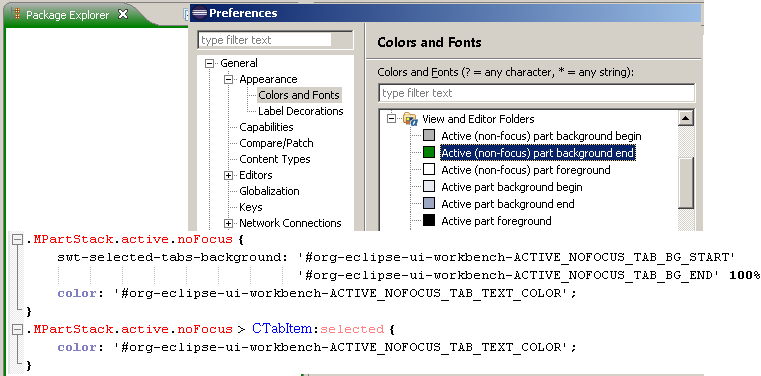
-
Overriding of the definitions in the CSS style sheet:
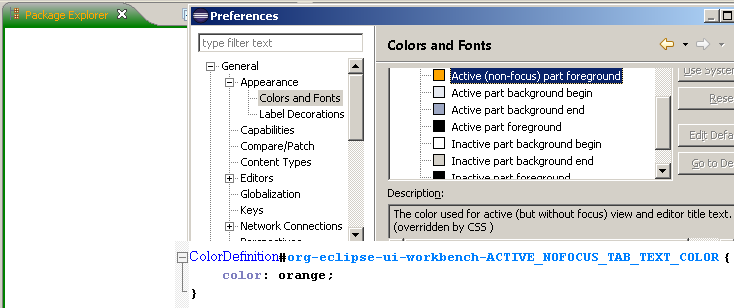
-
Adding the new definitions with the CSS style sheet:

After switching the 3.x theme they are re-merged with the new theme.
The new definitions added with the CSS file (the last use case) are available in the CSS theme that provides it.
After switching the CSS theme the definitions can be unavailable in the theme registries when the new theme doesn't re-define it. So using such definitions out of the CSS files, we have to be prepared for such situation and use proper default values in the case when some definitions are missing.
